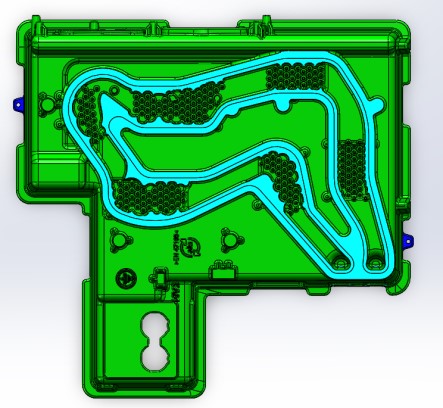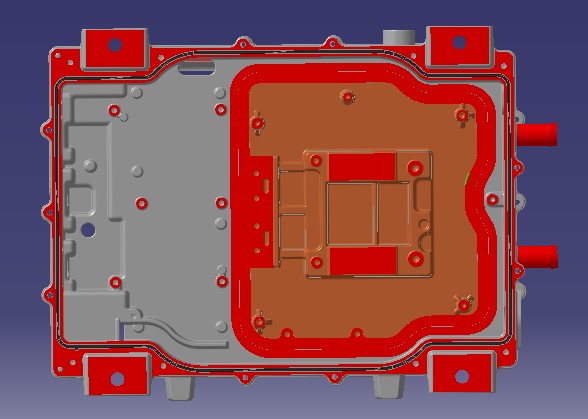Automotive lightweight
There are three main ways to realize automobile lightweight: 1) the use of new materials, such as high strength steel, magnesium, aluminum alloy and some non-metallic materials; 2) structural optimization, make parts thin-walled, hollow, miniaturized or composite; 3) process improvement, including forming technology and joining technology.

Figure 1 Framework of automobile lightweight approach
Structural optimization
The lightweight design of the car body structure adopts the structural optimization design method, which can improve the utilization rate of materials and reduce redundant materials on the premise of ensuring the performance requirements of the car body structure, and achieve the purpose of lightweighting the car body structure. Structural optimization mainly includes size optimization, Shape optimization, shape optimization and topology optimization.
Topological optimization design is to re-plan the distribution and connection of materials in a given space range through iterative iterations, remove redundant parts in the whole body, make some parts thinner and hollow, and complete the macro Topological optimization at the level. Topology optimization is an effective combination of mathematical operations and finite element analysis.
The optimization of size and shape is carried out under the premise of determining the structure parameters and material distribution of the car body, mainly for the cross-sectional area, geometric size and node position of each truss structure to find the optimal solution, and the body weight under the premise of ensuring the basic rigidity requirements The smallest. The size optimization is the optimal solution based on the mathematical model, which can be used to further improve and improve the topology optimization.

Figure 2 Modeling process of implicit parameterization of body-in-white





